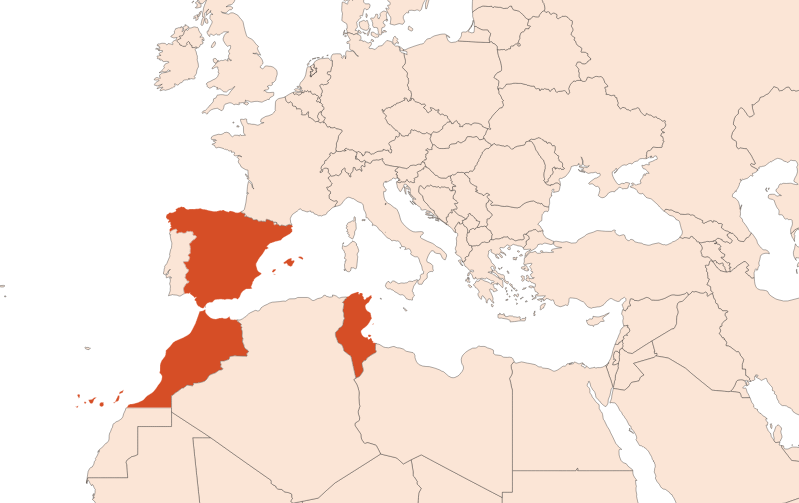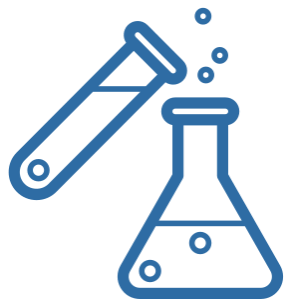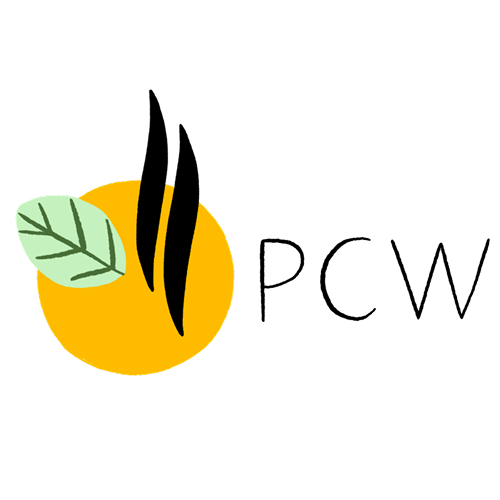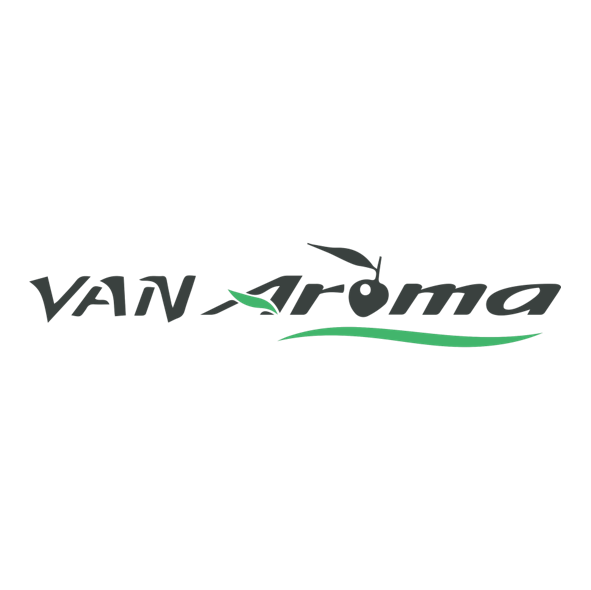
| Company | Ingredient Name | ID | Comments | Naturality | Certifications | MOQ | Latin name | Treated part | Geographical origin |
|---|---|---|---|---|---|---|---|---|---|
|
|
Huile essentielle de Romarin - 30 gr | - |
Visit website
|
- | - | - | - | - | |
|
|
ROSEMARY Rectified Essential Oil | M_0059764 |
Visit website
|
Naturel | - | - | - | - | |
|
|
ROSEMARY OIL | 4010000699 |
Visit website
|
Naturel | - | - | - | - | |
|
|
ROSEMARY OIL ORGANIC | ROB |
Visit website
|
Pure & Natural Organic |



|
1 Kg | Rosmarinus officinalis ct. camphor | Leaves | Spain |
|
|
ROSEMARY OIL | RO |
Visit website
|
Pure & Natural |


|
1 Kg | Rosmarinus officinalis ct. camphor | Leaves | Spain |
|
|
ROSEMARY EO TUNISIA P&N | - |
Visit website
|
- | 10 grs | - | - | - |
General Presentation
-
CAS N° :
8000-25-7 -
EINECS number :
283-291-9 -
FEMA number :
2992
-
Volatility :
Head/Heart -
Price Range :
€€
Physico-chemical properties
-
Appearance :
Colorless liquid -
Density :
Varie selon l'origine : Tunisie, Maroc -> 0,907 - 0,920 @20°C Espagne -> 0,892 - 0,910 @20°C -
Refractive Index @20°C :
Varie selon l'origine : Tunisie. Maroc -> 1.464 - 1.470 @20°C Espagne -> 1.464 - 1.472 @20°C -
Optical rotation :
Varie selon l'origine : Tunisie, Maroc -> -2° // +5° @20°C Espagne -> -6° // +8° @20°C -
Vapor pressure :
Data not available. -
Flash Point :
Data not available. -
Acid Value :
Varie selon l'origine : Tunisie, Maroc -> Max 1 Espagne -> Max 2
Botanical informations
Botanical name :
Salvia rosmarinus Spenn.
Synonyms : Rosmarinus officinalis L. // Rosmarinus angustifolius Mill.
Botanical profile :
Rosemary is a small shrub belonging to the Lamiaceae family and the genus Salvia L.
The Lamiaceae is one of the most important botanical family in perfumery, grouping together lavender, basil, mint, sage, rosemary, patchouli, and thyme.
Both rosemary and sage belong to the Salvia L. genus.
Chemotypes :
The Salvia L. genus includes a vast number of species, but only a small fraction of them are classified as rosemary.
It’s important to note that the reclassification of rosemary under Salvia L. is quite recent. That's why the former botanical name Rosmarinus officinalis L. is still commonly used, but is no longer considered asvalid.
In perfumery, several chemotypes have been identified within Salvia rosmarinus Spenn.:
– Camphor and Eucalyptol type
– Eucalyptol-only type
– Verbenone and Bornyl acetate type
Extractions & Uses
Extraction process :
The leafy stems of rosemary form shrubs, with the appearance of floral tops indicating the start of the harvest—usually 8 to 9 months after planting. Stems are typically harvested twice during the first year (every 100 to 120 days), and between three to four times per year in subsequent years.
The rosemary stems are dried before distillation. The essential oil is then recovered through decantation after distillation, floating above the rosemary water. The yield ranges from 0.5% to 0.9%.
A CO2 extraction also exists (Rosemary SFE), as well as an absolute (Rosemary Absolute), with a yield of about 0.5% from fresh plant material. The company MANE also offers a quality known as Rosemary PURE JUNGLE ESSENCE™. These three extracts result in a green to brown paste-like product.
Uses in perfumery :
Used in men's eaux de toilette and toileteries.
Stability :
The terpenes identified in this raw material can polymerize when they are oxidized
Major Components :
- For Tunisian or Marrocan qualities :
- Eucalyptol (38 - 55%)
- Alpha-pinene (9 - 14%)
- Camphre (5 - 15%)
- Beta-pinene (4 - 9%)
- Camphene (2,5 - 6%)
- Limonene (1,5 - 4%)
- Borneol (1 - 5%)
- Alpha-terpineol (1 - 2,5%)
- Myrcene (1 - 2%)
- p-Cymene (0,5 - 2,5%)
- Verbenone (< 0,4%)
- Linalool (0,3 - 2%)
- Bornyl acetate (0,1 - 1,6%)
- For Spain qualities :
- Alpha-pinene (18 -26%)
- Eucalyptol (16 - 23%)
- Camphre (12,5 - 22%)
- Camphene (7 - 13%)
- Limonene (2,5 - 5,5%)
- Myrcene (2,5 - 4,5%)
- Beta-pinene (2 - 5%)
- Borneol (1 - 4,5%)
- Alpha-terpineol (1 - 4%)
- p-Cymene (1 - 2%)
- Verbenone (0,7 - 2,5%)
- Linalool (0,5 - 2,5%)
- Bornyl acetate (0,5 - 2,5%)

Photo credits: ScenTree SAS
Other comments :
This EO is not recommended for pregnant and lactating women.
Adulteration is possible by adding Camphor, Borneol or synthetic Bornyl Acetate. More rarely, it is possible to observe adulterations by adding Eucalyptus EO.
IFRA
IFRA 51th :
This ingredient is not restricted for the 51th amendment
















